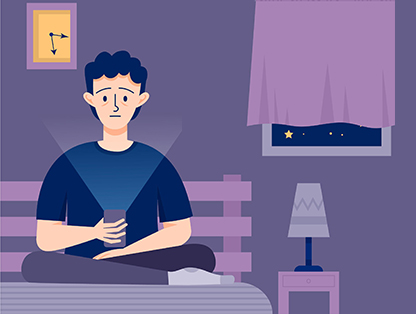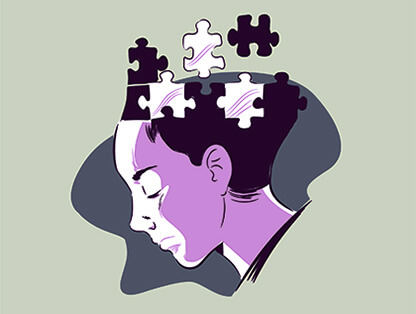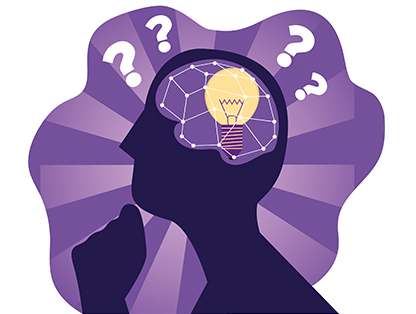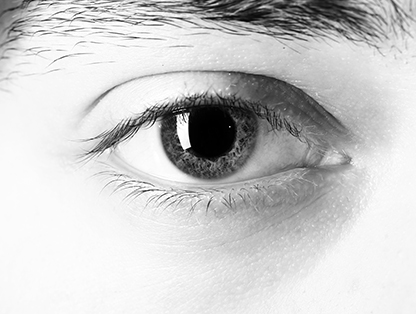Have we really become lonelier than our parents were at the same age? Most likely, your social circle is indeed smaller and you are much more often locked into the “home-work” framework.
Loneliness is often called one of the main problems of modern man, some scientists believe that this problem is already of pandemic proportions. According to recent studies, the concept of a “third place” has disappeared from the lives of most modern people, which may explain the incredible increase in loneliness.
The American sociologist Ray Oldenburg called another place besides home and work “the third place”, where a person satisfied his needs for informal communication. The dominance of the Internet and online services in all spheres of life, the pandemic and forced isolation, the acceleration of the pace of life, a decrease in the number of social contacts - all this leads to the fact that every day more and more people feel lonely. At the same time, it is important to understand that you can feel lonely even when you are among people, this is not the same as being alone physically.
Today, scientists characterize the concept of loneliness as a feeling of isolation from the outside world, the absence of significant emotional connections with other people. The reaction to the growing feeling of loneliness is different for each person, but often manifests itself in the form of acute emotional outbursts (including painful experiences, anxiety, depression, depersonalization, hallucinations),changes in consciousness and self-awareness, and personal characteristics of a person.
The University of California, Los Angeles Loneliness Scale (UCLA) is the most widely used method for diagnosing a person's subjective feeling of loneliness and social isolation.
There are three versions of the loneliness scale (1978, 1980, and 1996). We offer you the latest version of 1996 - UCLA Version 3, which is the most adapted to modern people.















